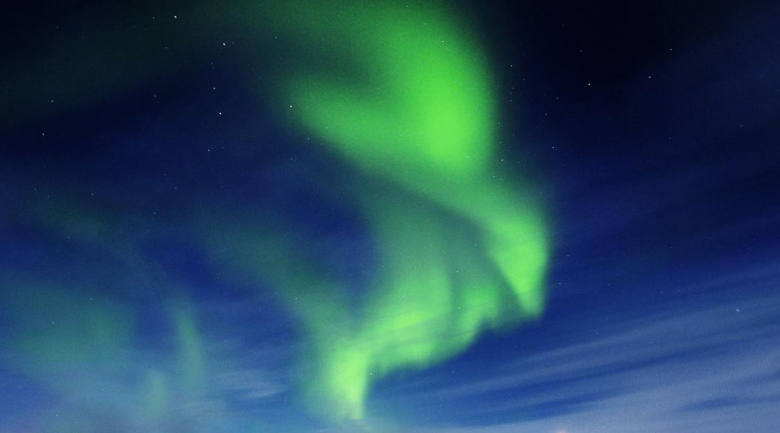
There may be a lot going on in intergalactic space. Giant galaxies like the Milky Way are thought to form after smaller galaxies smash together. That suggests that hundreds of satellite galaxies would orbit our own, leftovers of the ones that formed our galaxy. But, so far, astronomers have found only about 50.
The new galaxy, named Virgo I, is the latest satellite to be discovered. It appeared as a team led by Daisuke Homma and Masashi Chiba of Tohoku University in Sendai, Japan, searched the sky with a new camera on the giant 8.2-meter Subaru Telescope in Hawaii.
“Virgo I might be the faintest galaxy,” Chiba says. It emits about half as much light as Segue 1, another satellite of the Milky Way and the previous faint-galaxy champ. A single bright star in our galaxy outshines all of Virgo I’s stars put together.
The WFIRST space telescope will do a lot to survey exoplanets down to ten times smaller than the earth and to find more hidden galaxies. WFIRST is covered in the linked nextbigfuture article
As many as half of all stars in the universe lie in the vast gulfs of space between galaxies, an unexpected discovery made in a new study using NASA rockets. These stars could help solve mysteries regarding missing light and particles that theory had suggested should exist, scientists say. The stars were ejected from their birthplaces by galaxy collisions or mergers.
Some estimations suggest up to 100,000 times more rogue planets than stars in the Milky Way.
